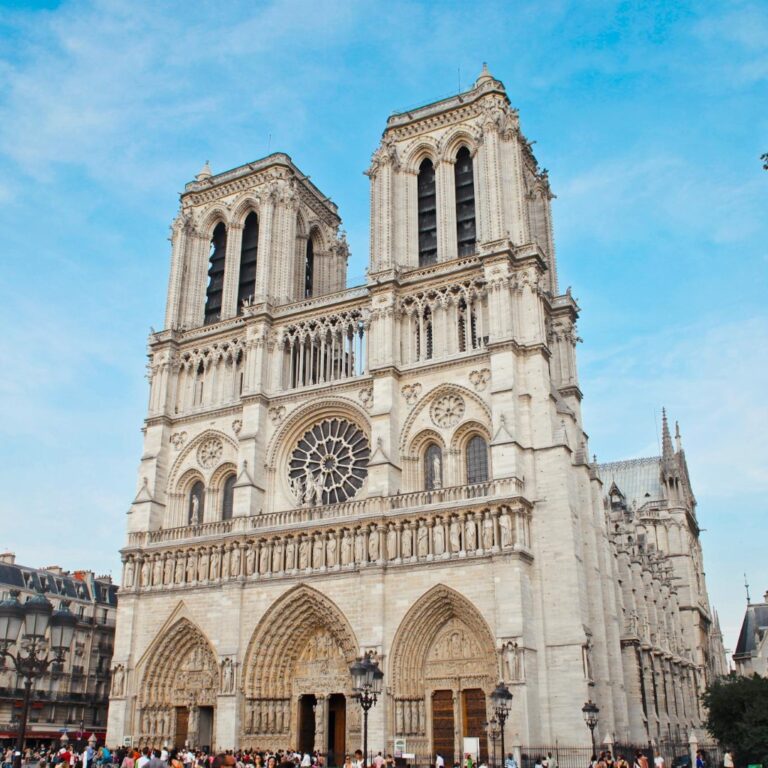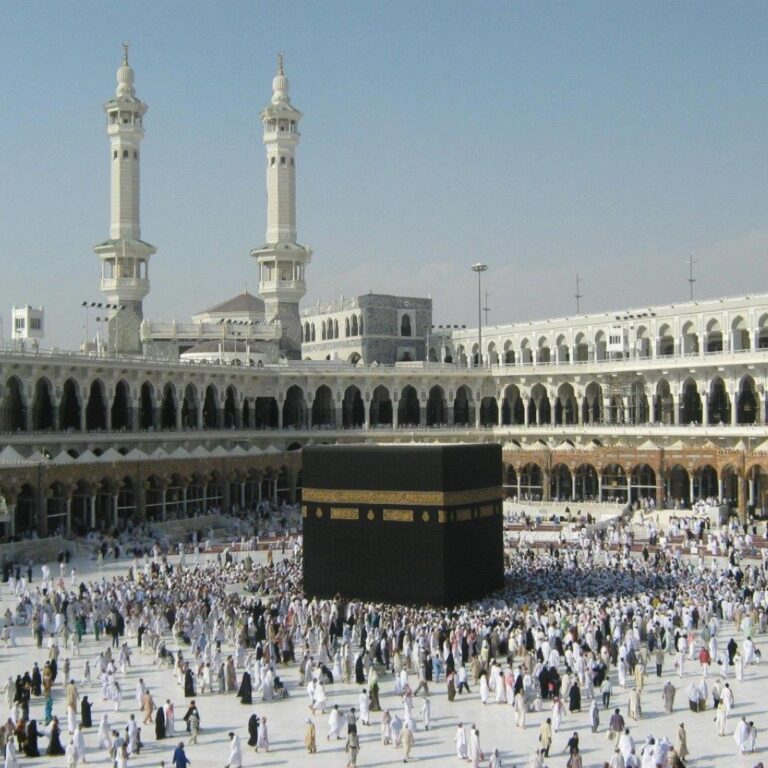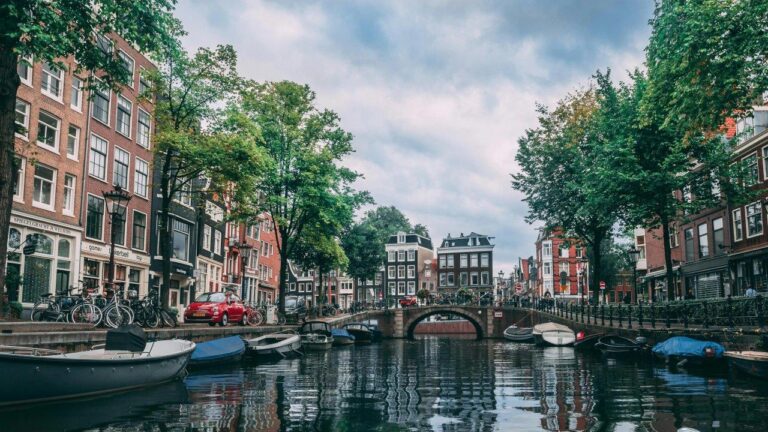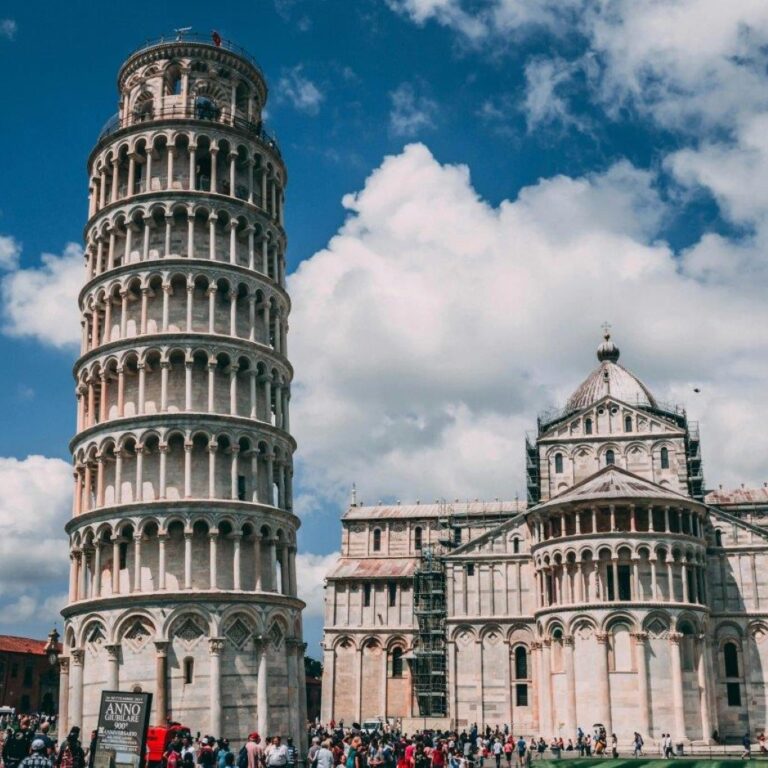Notre-Dame de Paris, meaning 'Our Lady of Paris,' is dedicated to the Virgin Mary and is located on the Île de la Cité in the heart of Paris.
Construction of the cathedral began in 1163 under the reign of King Louis VII and was completed in 1345, taking nearly 200 years to finish.
The cathedral's twin towers stand 69 meters (226 feet) tall, and visitors can climb 387 steps to reach the top for a panoramic view of Paris.
Notre-Dame's famous flying buttresses were among the first to be built, providing the necessary support for the cathedral's high walls and large windows.
The cathedral's rose windows are some of the most famous stained glass windows in the world, with the largest measuring 13 meters (42 feet) in diameter.
The cathedral's iconic gargoyles serve both decorative and functional purposes, acting as water spouts to divert rainwater away from the building.
Victor Hugo's novel 'The Hunchback of Notre-Dame,' published in 1831, brought renewed attention and interest to the cathedral, leading to a major restoration project.
The restoration was led by architect Eugène Viollet-le-Duc, who added the now-iconic spire and many of the gargoyles during the 19th century.
Notre-Dame houses one of the largest and most famous church organs in the world, with nearly 8,000 pipes.
The cathedral's bell towers are home to Emmanuel, a massive bell weighing over 13 tons, which rings for major religious and national events.
Notre-Dame has witnessed many significant historical events, including the coronation of Napoleon Bonaparte as Emperor of France in 1804.
The cathedral was severely damaged by a fire on April 15, 2019, which destroyed the spire and much of the wooden roof, but efforts to restore and rebuild are ongoing.
Notre-Dame's treasury contains many precious relics, including the Crown of Thorns, believed to have been worn by Jesus during his crucifixion.
The cathedral's façade features three elaborately sculpted portals, each depicting different biblical scenes and figures.
Notre-Dame continues to be a major tourist attraction and a place of worship, drawing millions of visitors from around the world each year.



